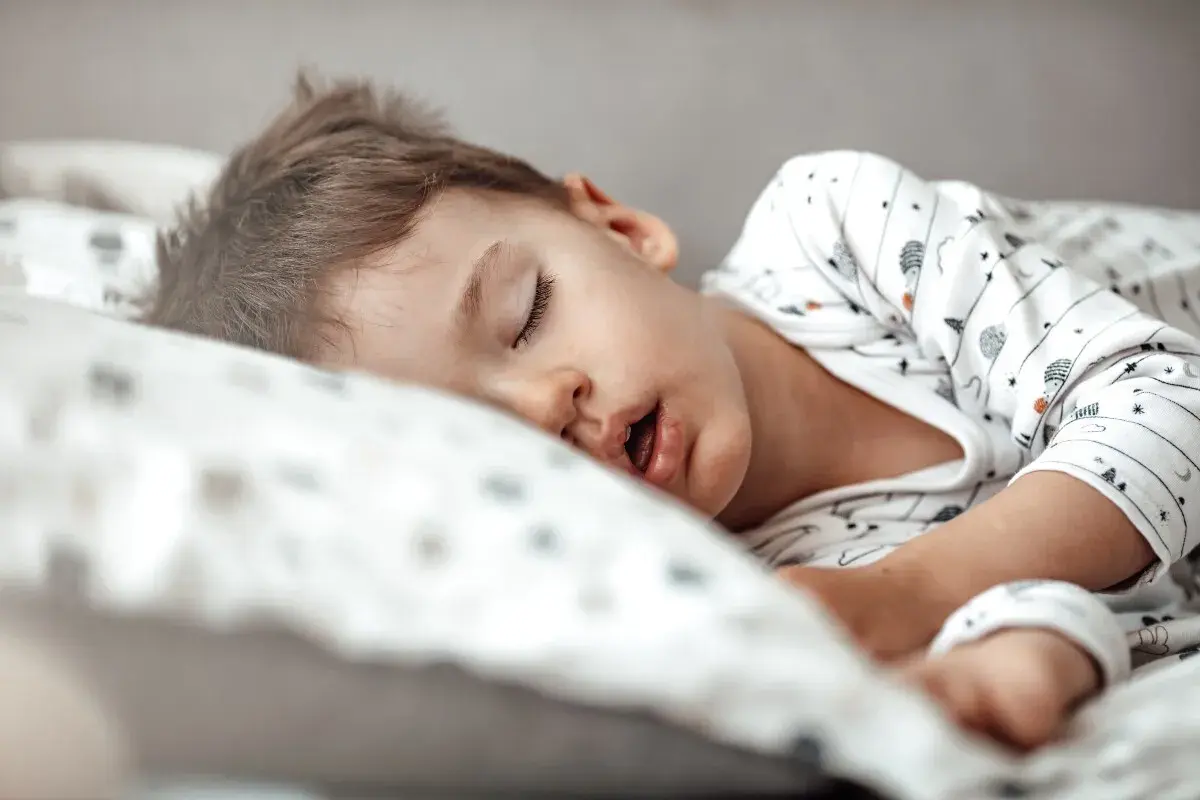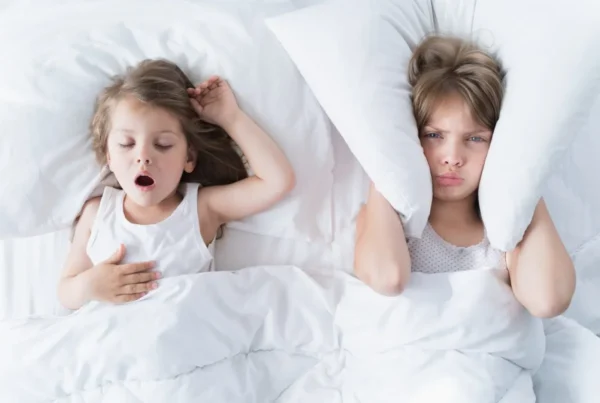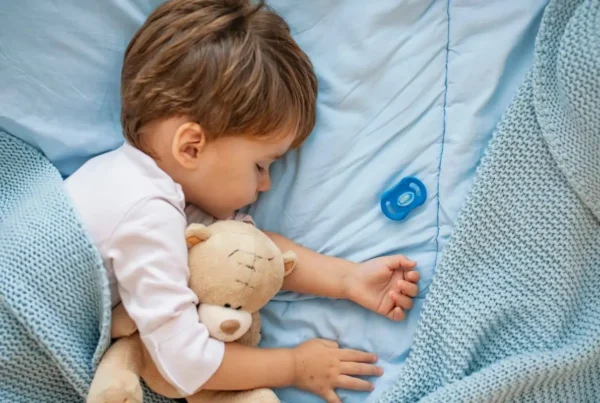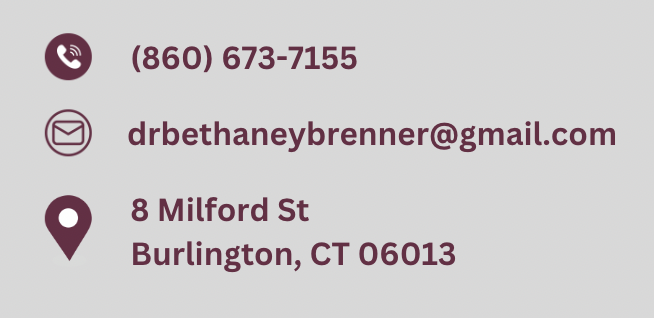Watching your newborn sleep should bring peace, not worry. But when babies have sleep apnea, their breathing stops repeatedly during sleep. Dr. Bethaney Brenner has helped Burlington, CT families recognize these warning signs for over 40 years since opening her practice in 1980. She knows how confusing it can be to tell normal baby sounds from serious breathing problems.
Understanding Different Types of Sleep Apnea
Sleep apnea in newborns comes in two main forms. Obstructive sleep apnea happens when something physically blocks the airway. Central sleep apnea occurs when the brain doesn’t send proper signals to breathing muscles.
Obstructive sleep apnea is easier to spot because you can hear and see it. Babies might snore, gasp, or make choking sounds. Central sleep apnea is sneakier because nothing blocks the airway as the baby simply stops breathing without any struggle or noise.
Some babies have mixed sleep apnea with both types occurring. This makes diagnosis more complex and requires careful observation of all symptoms. Healthcare providers like Dr. Brenner work with sleep specialists to determine which type affects your baby.
Breathing Pattern Warning Signs
Normal newborn breathing varies more than adult breathing. Babies naturally breathe faster and sometimes pause briefly between breaths. But certain patterns signal problems that need medical attention right away.
Pauses in breathing lasting longer than 10 seconds are not normal. These apnea episodes prevent oxygen from reaching your baby’s brain and body. Gasping or choking sounds during sleep indicate your baby is struggling to breathe.
Breathing patterns that need immediate attention:
- Pauses in breathing longer than 10 seconds
- Gasping, snorting, or choking sounds during sleep
- Rapid breathing followed by sudden pauses
- Chest retractions where ribs pull inward with each breath
- Noisy breathing that sounds like snoring in a tiny baby
Watch your baby’s chest movements while they sleep. Normal breathing shows gentle, regular rise and fall. Dr. Brenner’s training in advanced techniques and her holistic health practitioner certification help her recognize how breathing problems connect to overall infant health.
Behavioral Changes That Signal Problems
Sleep apnea affects more than just nighttime breathing. Poor sleep quality shows up in how babies behave when awake. These daytime signs often get dismissed as normal infant fussiness when they actually indicate disrupted sleep.
Excessive daytime sleepiness in a newborn seems contradictory since babies sleep most of the time anyway. But babies with sleep apnea never reach deep, restorative sleep stages. Unusual irritability or fussiness may stem from sleep deprivation as babies who can’t breathe well at night wake up tired and cranky.
Difficulty feeding often accompanies sleep apnea. Babies who struggle to breathe during sleep also struggle to coordinate breathing while eating. They may take longer to finish bottles, pull away frequently, or seem exhausted after feedings.
| Behavioral Sign | What It Looks Like | Why It Matters |
| Excessive Sleepiness | Falls asleep during feedings, sleeps more than typical | Indicates poor sleep quality at night |
| Increased Fussiness | Hard to soothe, cries more than usual | Shows discomfort from sleep deprivation |
| Feeding Difficulties | Takes long to eat, stops frequently, seems tired | Reveals coordination problems with breathing |
| Poor Weight Gain | Not growing as expected on growth charts | Signals calories burned fighting to breathe |
| Decreased Alertness | Less responsive, seems “out of it” when awake | Reflects inadequate oxygen during sleep |
Track these behaviors and their patterns. Note whether fussiness increases after particularly restless nights. Share these observations with your pediatrician to help them understand the full picture.
Physical Symptoms to Watch For
Beyond breathing patterns and behavior, physical symptoms during sleep provide important clues. Some are dramatic and obvious while others are subtle enough that parents might miss them. Skin color changes are among the most alarming symptoms as bluish tones around the lips indicate dangerously low oxygen levels.
Sweating during sleep happens when babies work too hard to breathe. The physical effort raises their body temperature and triggers sweating. Unusual sleeping positions sometimes develop as babies unconsciously try to keep airways open.
Persistent coughing or snorting sounds during sleep indicate airway irritation or partial obstruction. These noises represent your baby’s attempts to clear the airway or breathe despite narrowed passages. Don’t dismiss these sounds as normal baby noises.
Documenting Symptoms for Healthcare Providers
Your observations at home provide crucial information that doctors can’t gather during brief office visits. Keeping detailed records helps healthcare providers diagnose sleep apnea accurately and determine the best treatment approach for your baby. Start a sleep diary documenting your baby’s breathing patterns each night.
Important details to track:
- Date and time of observed symptoms
- Duration of breathing pauses or irregular patterns
- Sounds made during sleep episodes
- Skin color changes if any occur
- Feeding difficulties and amounts consumed
- Behavioral changes like increased fussiness
- Sleep position when symptoms appear
Video recordings capture symptoms better than written descriptions alone. Short clips showing breathing pauses, chest movements, or color changes give doctors visual evidence. Share this documentation at every pediatric appointment.
When to Seek Immediate Medical Help
Some symptoms require emergency care rather than waiting for scheduled appointments. Knowing these critical warning signs helps you respond appropriately when your baby’s safety is at risk. Blue or pale skin coloring means your baby isn’t getting enough oxygen and requires immediate intervention.
Inability to resume breathing after an apnea episode needs urgent attention. If your baby stops breathing and doesn’t restart on their own within a few seconds, this is life-threatening. Extreme difficulty breathing with visible struggle and distress requires emergency evaluation.
Trust your instincts as a parent. If something feels seriously wrong with your baby’s breathing, seek medical care immediately. Better to check and find nothing critical than to wait and regret the delay.
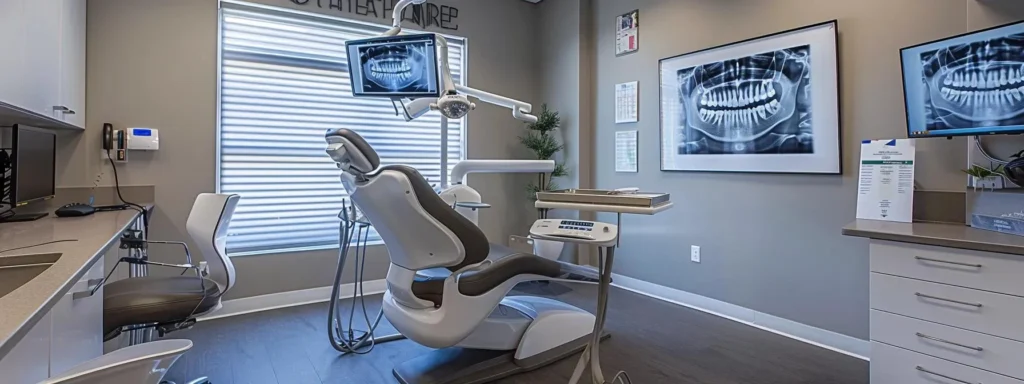
The Role of Healthcare Professionals
Multiple specialists work together to diagnose and treat newborn sleep apnea. Your pediatrician coordinates care and monitors overall health. Pediatric dentists like Dr. Brenner often spot early warning signs during routine examinations.
Her extensive training since graduating from UConn School of Dental Medicine in 1979 gives her expertise in recognizing oral and facial structures that contribute to breathing problems. Sleep specialists perform polysomnography studies that monitor breathing, oxygen levels, heart rate, and brain activity during sleep. These detailed studies confirm sleep apnea diagnosis and determine its severity.
Dr. Brenner’s involvement with the Connecticut State Dental Association Board of Governors reflects her commitment to comprehensive care. She collaborates with pediatricians and sleep specialists throughout Connecticut to ensure babies receive thorough evaluations and effective treatment plans.
Creating Safe Sleep Environments
Your baby’s sleep environment significantly impacts sleep apnea symptoms. Simple adjustments reduce risk and create conditions that support better breathing throughout the night. Always place babies on their backs to sleep as this position keeps airways open better than stomach or side sleeping.
Use a firm mattress with a fitted sheet and nothing else in the crib. Soft bedding, pillows, bumper pads, and stuffed animals can block airways if babies move during sleep. Keep the nursery temperature comfortable, between 68 and 72 degrees.
Safe sleep practices that help:
- Back sleeping position for every sleep
- Firm mattress with fitted sheet only
- Room temperature between 68 to 72 degrees
- Smoke-free home environment
- Regular cleaning to reduce allergens
- Avoid overheating with too many blankets
Maintain clean air quality in the nursery. Dust, pet dander, and other allergens trigger congestion that narrows airways. Regular cleaning and air purification help babies breathe easier during sleep.
Monitoring Your Baby Between Doctor Visits
Regular monitoring at home helps you catch changes in your baby’s condition. Baby monitors with breathing sensors alert you if breathing pauses last too long. These devices provide an extra safety layer for babies with known sleep apnea.
Pulse oximeters measure oxygen levels in the blood. Some babies with severe sleep apnea go home with these devices for continuous monitoring. Regular weight checks ensure your baby is growing appropriately as poor weight gain often signals that sleep apnea is affecting overall health.
Stay alert to changes in symptoms over time. What starts as mild snoring might progress to more serious breathing pauses. What seems like improvement might actually be your baby adapting poorly to ongoing oxygen deprivation.
Empowering Parents Through Education
Understanding sleep apnea helps you advocate effectively for your baby’s health. Knowledge reduces fear and enables you to recognize problems quickly when every minute counts. Learn infant CPR before your baby comes home from the hospital as this critical skill could save your baby’s life.
Join support groups for parents of babies with sleep apnea. Other families share practical tips for managing the condition at home. Ask questions at every medical appointment because no question is too small when it comes to your baby’s breathing.
Moving Forward With Confidence and Support
Recognizing early signs of sleep apnea in your newborn makes all the difference in outcomes. Dr. Brenner’s four decades of experience help families navigate these concerning situations with expert guidance. Her holistic approach considers how breathing, facial structure, and overall health all connect.
Early detection leads to prompt treatment that protects your baby’s development. Babies who receive appropriate care for sleep apnea grow normally and avoid complications from chronic oxygen deprivation. Work closely with your healthcare team to create a monitoring and treatment plan specific to your baby’s needs.
Don’t hesitate to contact healthcare providers if you notice any concerning signs in your newborn’s breathing or behavior. Schedule a consultation with Dr. Brenner’s Burlington, CT office to discuss how her comprehensive training and decades of experience can support your baby’s respiratory health during this vulnerable time.
Book Your Consultation Today!
Dr. Bethaney B. Brenner DMD
8 Milford St, Burlington, CT 06013
Frequently Asked Questions
What are the main signs of sleep apnea in newborns?
Watch for breathing pauses longer than 10 seconds during sleep. Listen for gasping, snorting, or choking sounds while your baby sleeps. Notice if your baby seems excessively fussy or has trouble feeding. Physical symptoms include sweating during sleep and bluish skin tones. These signs together suggest your baby might have sleep apnea and needs evaluation.
How can sleep apnea in newborns be detected early?
Pay close attention to your baby’s breathing patterns during sleep. Keep a diary tracking any irregular breathing, unusual sounds, or behavioral changes. Video record episodes you observe so doctors can see what happens. Share all your observations with your pediatrician at every appointment. Early documentation helps healthcare providers diagnose the condition before it causes serious complications.
What should I do if I suspect my newborn has sleep apnea?
Start documenting all symptoms you observe in a sleep diary. Record breathing patterns, feeding difficulties, and behavioral changes. Schedule an appointment with your pediatrician to discuss your concerns. Bring your documentation and any videos to the appointment. Your pediatrician may refer you to a sleep specialist for formal sleep studies. Don’t wait to seek help if you notice blue skin coloring or severe breathing difficulties.
The information on this page is provided to help you understand general dental care and the preventive services we offer. It’s not a substitute for professional diagnosis or individualized treatment. Every patient’s needs are different, and your dentist will evaluate your oral health before recommending any specific care or procedure. (For personalized guidance, please schedule an appointment with a licensed dental professional.)
Related Articles

